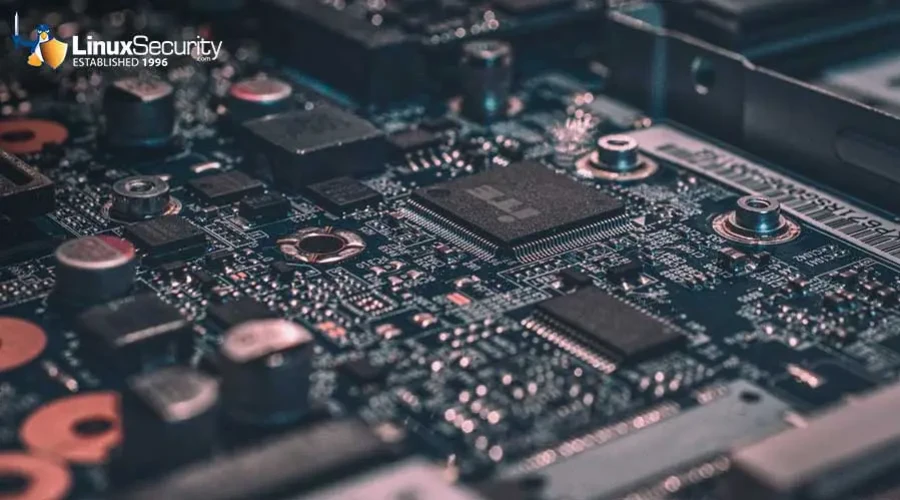Native Spectre v2 Exploit Uncovered: Implications & Analysis for Linux Security Practitioners

The recently uncovered "Native Branch History Injection (BHI)" exploit against the Linux kernel marks a significant milestone in the ongoing battle against Spectre v2 vulnerabilities. Researchers have revealed that BHI can bypass existing Spectre v2/BHI mitigations to read sensitive data from the memory of Intel systems.
This exploit highlights the need for continued vigilance in Linux security and raises questions about the long-term consequences of such vulnerabilities.
What Is the Impact of This Exploit on Affected Systems?
The novel nature of the BHI exploit, tracked as CVE-2024-2201, can be described as the "first native Spectre v2 exploit." This statement immediately captures the interest of Linux admins, infosec professionals, and internet security enthusiasts, suggesting that this discovery could have far-reaching consequences for the security of Linux systems. The fact that BHI can leak arbitrary kernel memory at a rate of 3.5 kB/sec is alarming and intriguing, as it exposes potential avenues for attackers to obtain sensitive information.
Existing Spectre v2 and BHI mitigations do not adequately protect against the Native BHI expl oit. Intel's recommendation to disable unprivileged eBPFs, one of the attack vectors used by BHI, may seem like a logical countermeasure. However, the researchers behind BHI have successfully demonstrated that it is possible to carry out the exploit without relying on eBPFs. This finding raises important questions about the effectiveness of current defense strategies and calls for reassessing security measures employed by Linux admins and sysadmins.
oit. Intel's recommendation to disable unprivileged eBPFs, one of the attack vectors used by BHI, may seem like a logical countermeasure. However, the researchers behind BHI have successfully demonstrated that it is possible to carry out the exploit without relying on eBPFs. This finding raises important questions about the effectiveness of current defense strategies and calls for reassessing security measures employed by Linux admins and sysadmins.
The impact of BHI extends beyond Intel systems, as it affects all vulnerable Intel hardware. This finding reminds us that the consequences of hardware vulnerabilities can be widespread and affect a broad range of devices and software deployments. The confirmation that known platforms such as Illumos, Red Hat, SUSE Linux, Triton Data Center, and Xen are affected further emphasizes the need for immediate action.
Additionally, this discovery draws attention to recent similar exploits, such as GhostRace, a variant of Spectre v1, and the Ahoi Attacks. These examples demonstrate a worrying pattern of increasingly sophisticated attacks targeting CPU architectures and hardware-based trusted execution environments. As security practitioners, it is crucial to stay informed about these developments to proactively adapt defenses and protect against emerging threats.
Our Final Thoughts on the Implications of This Exploit
The uncovering of the Native Spectre v2 exploit, BHI, raises significant concerns for the Linux security community. It reinforces the need for constant vigilance and highlights the challenges of securing complex systems. Linux admins, infosec professionals, and sysadmins should reassess their security measures, considering the limitations of existing mitigations and adopting a proactive mindset. The impact of these vulnerabilities extends beyond a single operating system or hardware vendor and demands international collaboration to enhance cybersecurity measures. By actively staying informed, security practitioners can be better equipped to address and mitigate the threats posed by native exploits like BHI.























